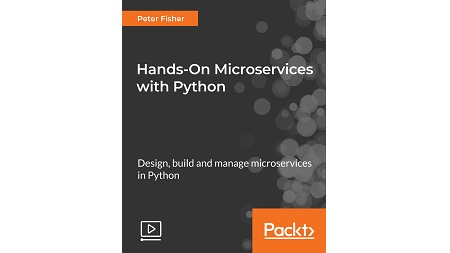
English | MP4 | AVC 1920×1080 | AAC 48KHz 2ch | 2h 51m | 563 MB
Build robust and fault tolerant application with Python
This course covers microservice fundamentals and advanced topics with a hands-on demonstration of how to implement microservices using real-world examples. Learn how to design and build a microservice software architecture in Python.
You will learn to make your applications more reliable and fault-tolerant using microservices with Python, no matter how complex the business logic. This course demonstrates how to design and build an application using a series of microservices. The application in question is an order management system, which we will split up into individual services. In a hands-on manner, you will learn topics such as data modeling, data storage, writing API requests, and you will learn to secure, monitor, and scale your microservices.
Finally, you will learn to use Docker’s containerization technology to isolate, manage, monitor, and deploy microservices in Docker containers.
The course is comprises both theory and practical elements. You’ll gain an understanding of the fundamental concepts of microservices and how to build them from this course.
What You Will Learn
- What defines a microservice and how a microservice differs from other architectures.
- How to design a microservice architecture
- Advantages and disadvantages of using microservices
- How to manage and monitor microservices
- How to deploy microservices in Docker containers
- What Python tools are best suited for microservices
- How to secure microservices
Resolve the captcha to access the links!